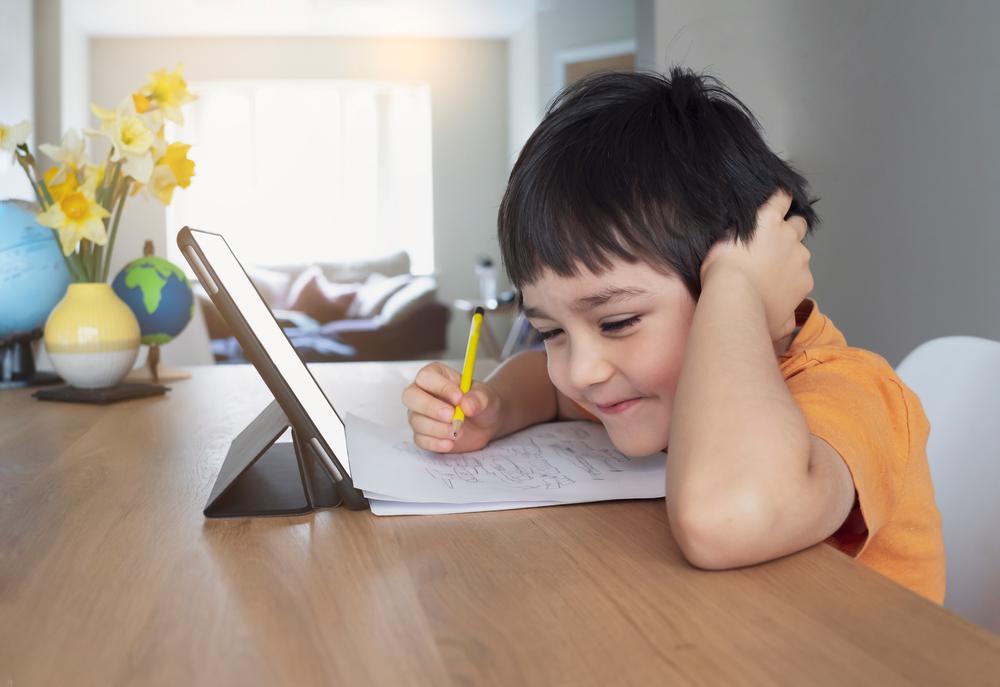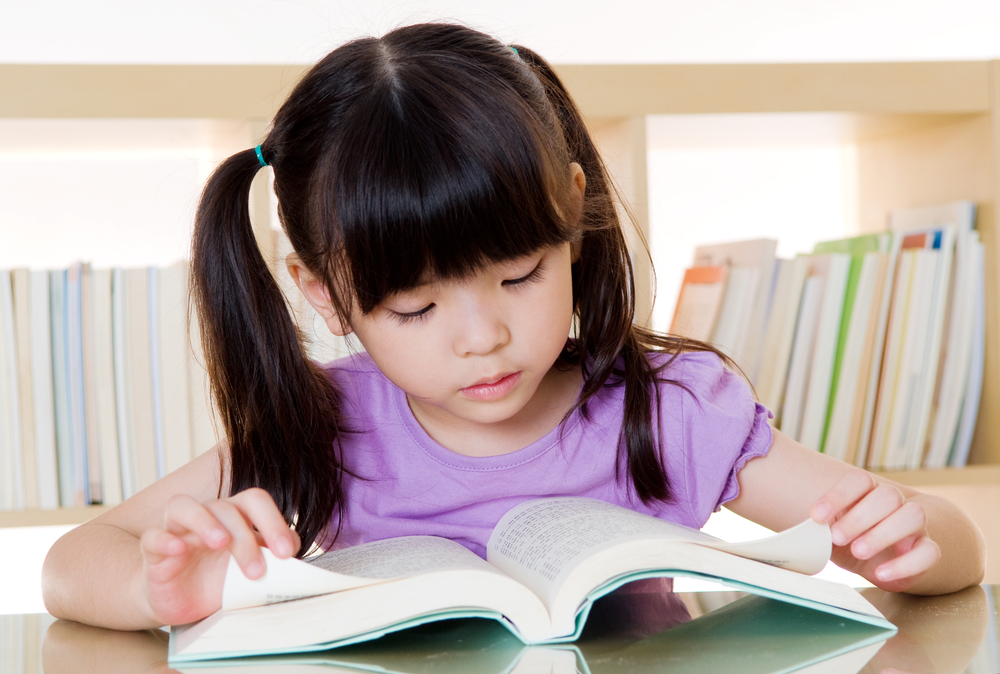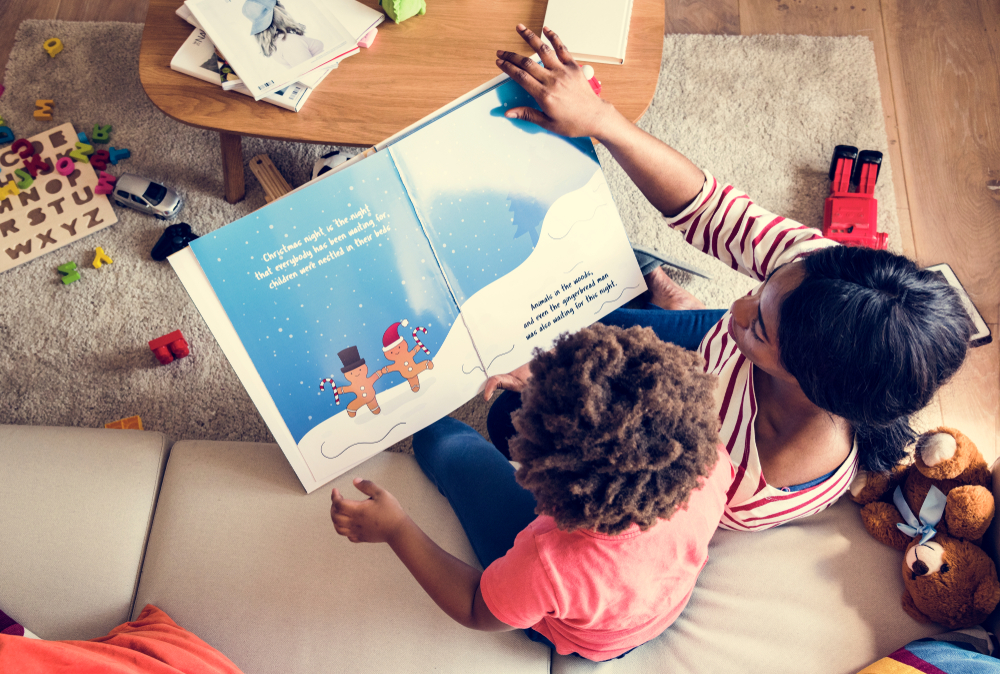Story sequencing Reading Worksheets for Ages 3-4
13 filtered results
-
From - To
Our "Story Sequencing Reading Worksheets for Ages 3-4" offer engaging, age-appropriate activities designed to build early literacy skills. Perfect for preschoolers, these worksheets help young learners understand narrative structure through fun, interactive exercises. Kids will learn to identify the beginning, middle, and end of stories, enhancing their comprehension and logical thinking. Illustrated stories captivate young minds while fostering critical reading abilities. Ideal for both classroom and home use, these worksheets provide a foundational stepping stone for future reading success. Download now to support your child’s early reading journey and watch their love for stories grow!
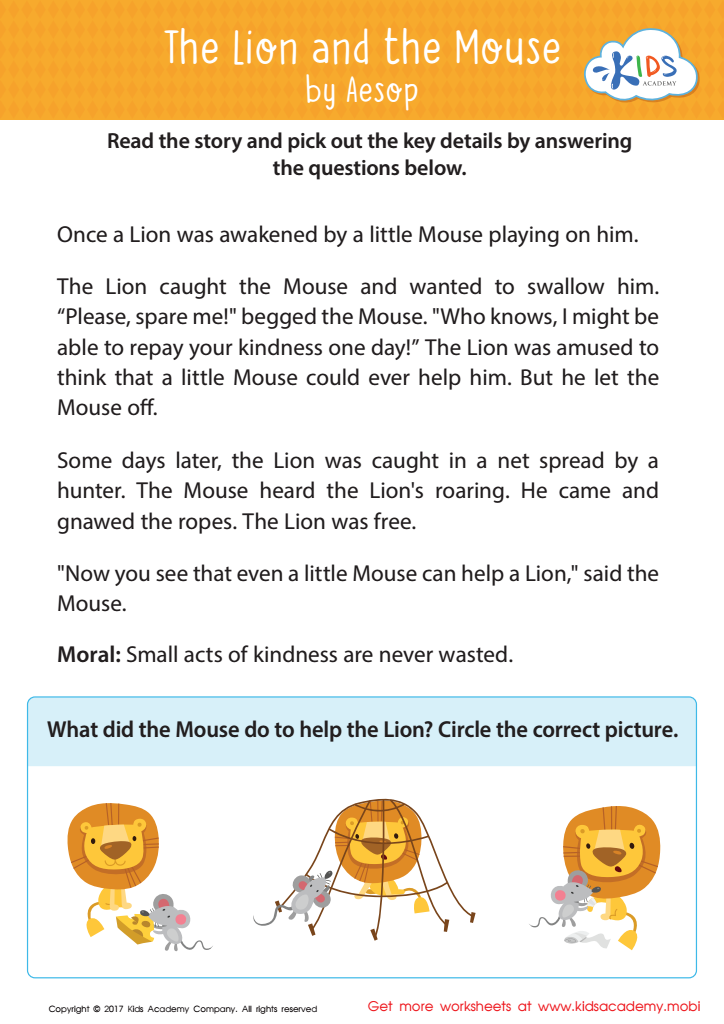

The Lion and The Mouse Sequencing Worksheet


“The Princess and the Pea” and “Cinderella” Worksheet
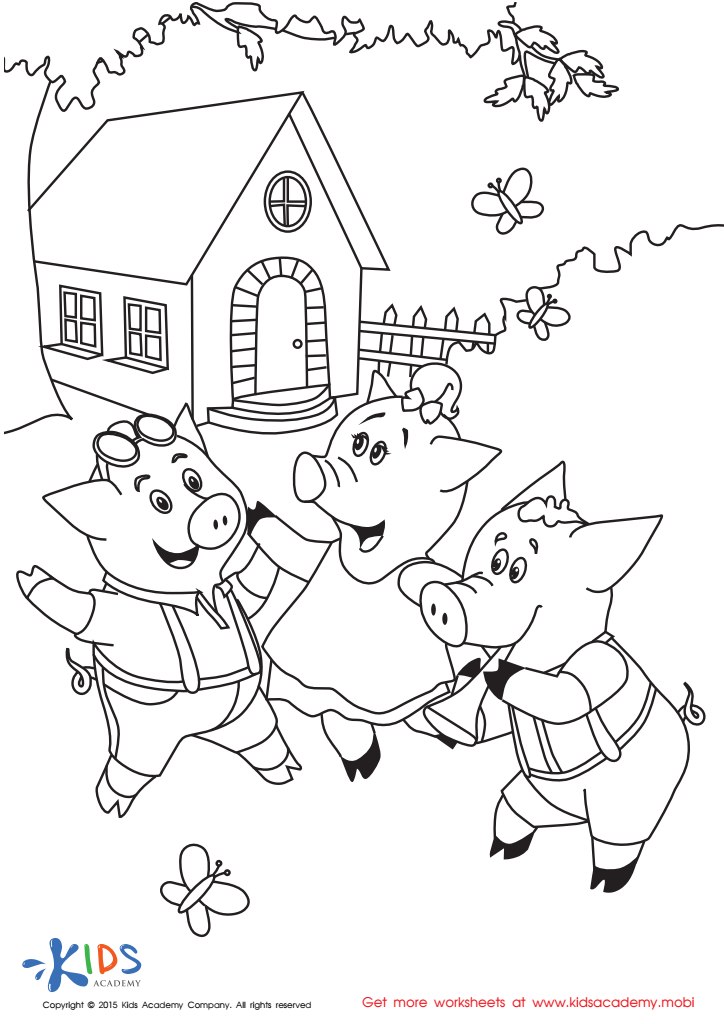

Folktales Printable PDF Worksheet: The 3 Little Pigs
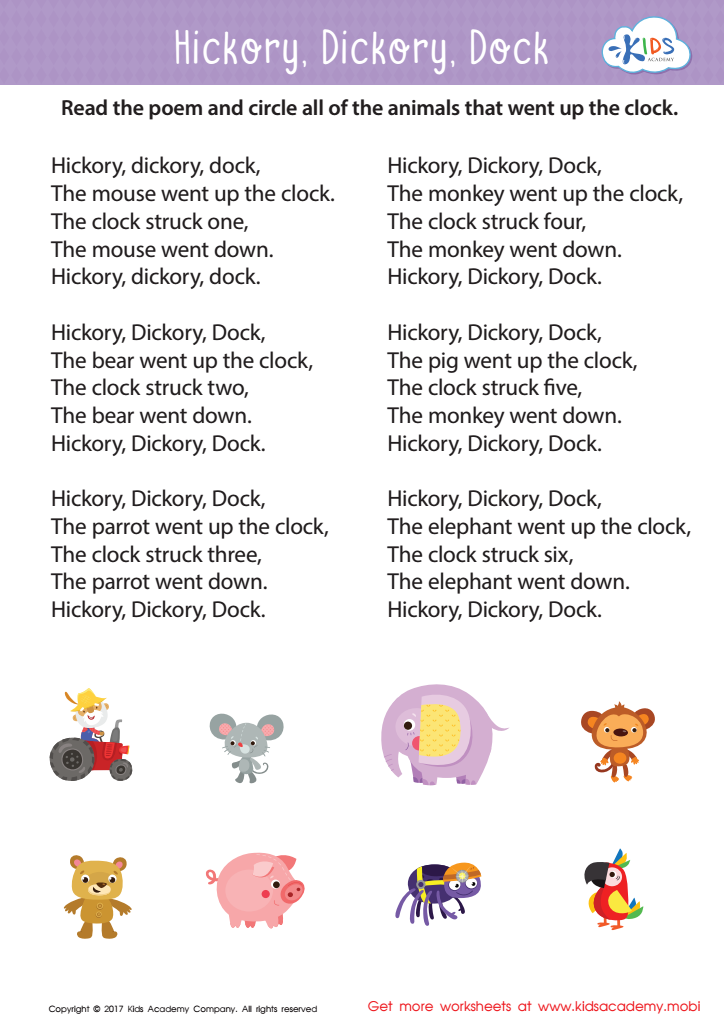

Hickory Dickory Dock Sequencing Worksheet
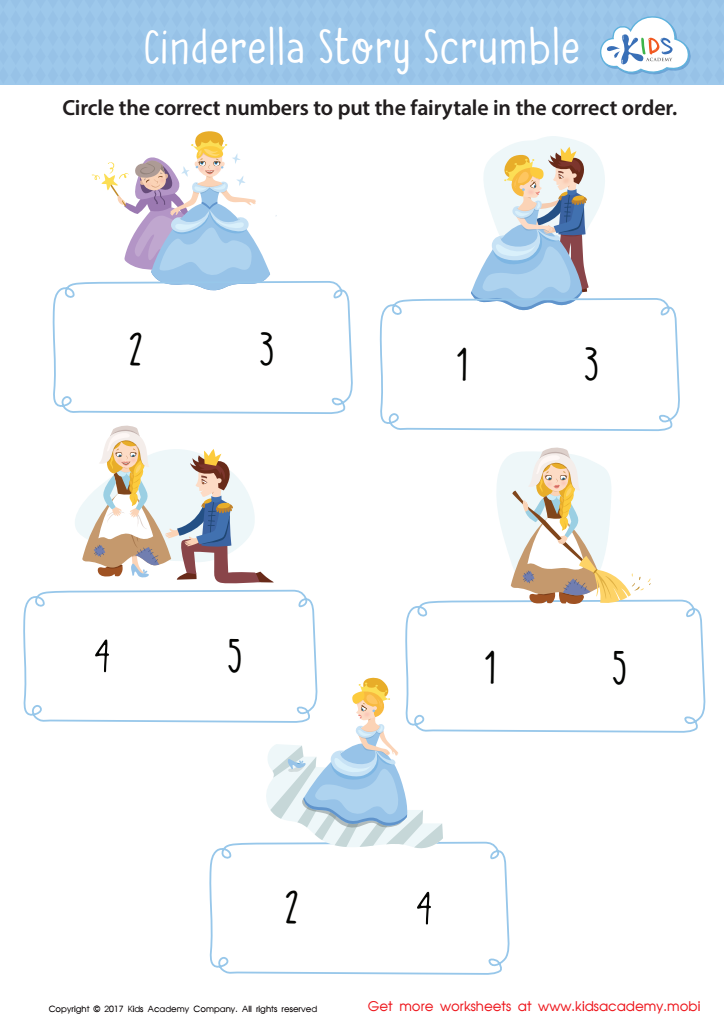

Cinderella Story Sequencing Worksheet
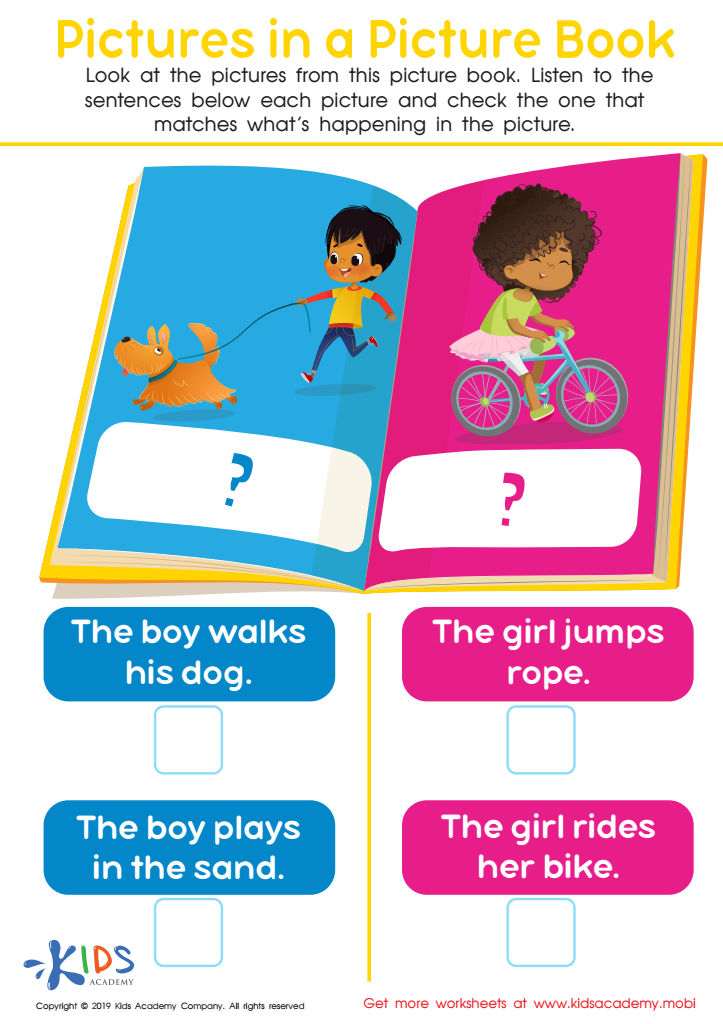

Picture in Books Worksheet
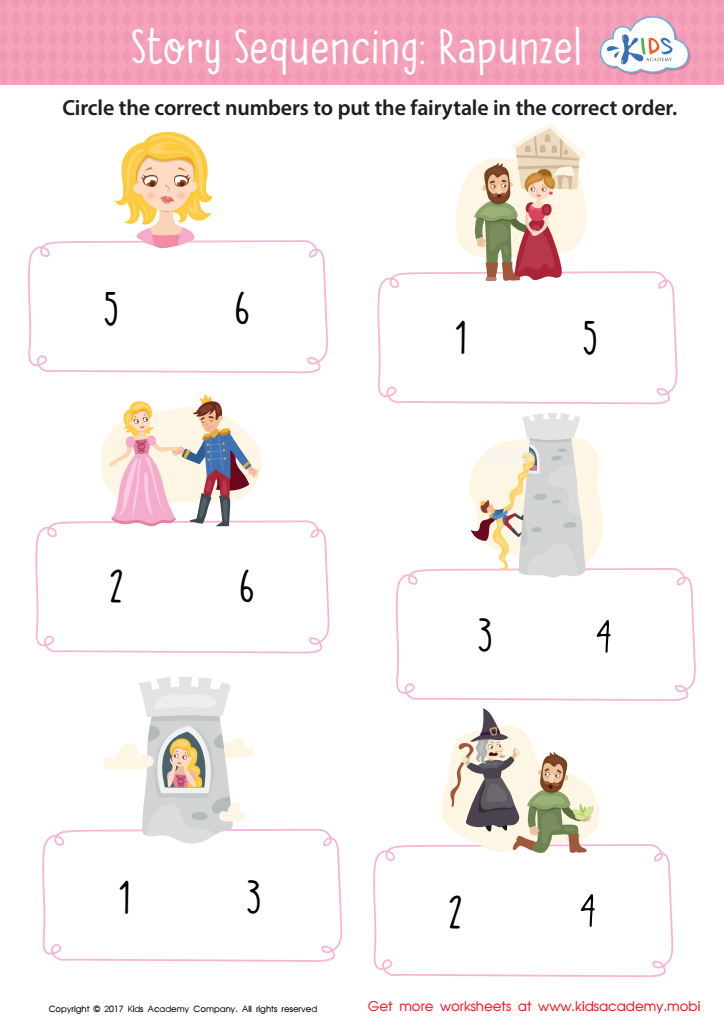

Rapunzel Story Sequencing Worksheet
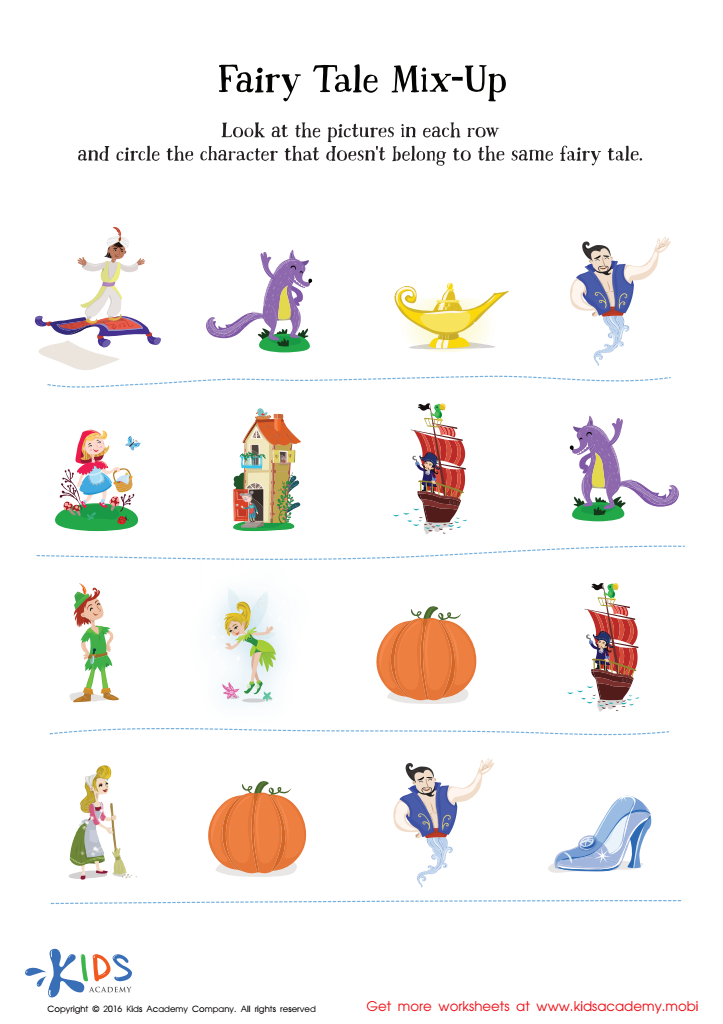

Fairy Tale Worksheet: Story Mix Up
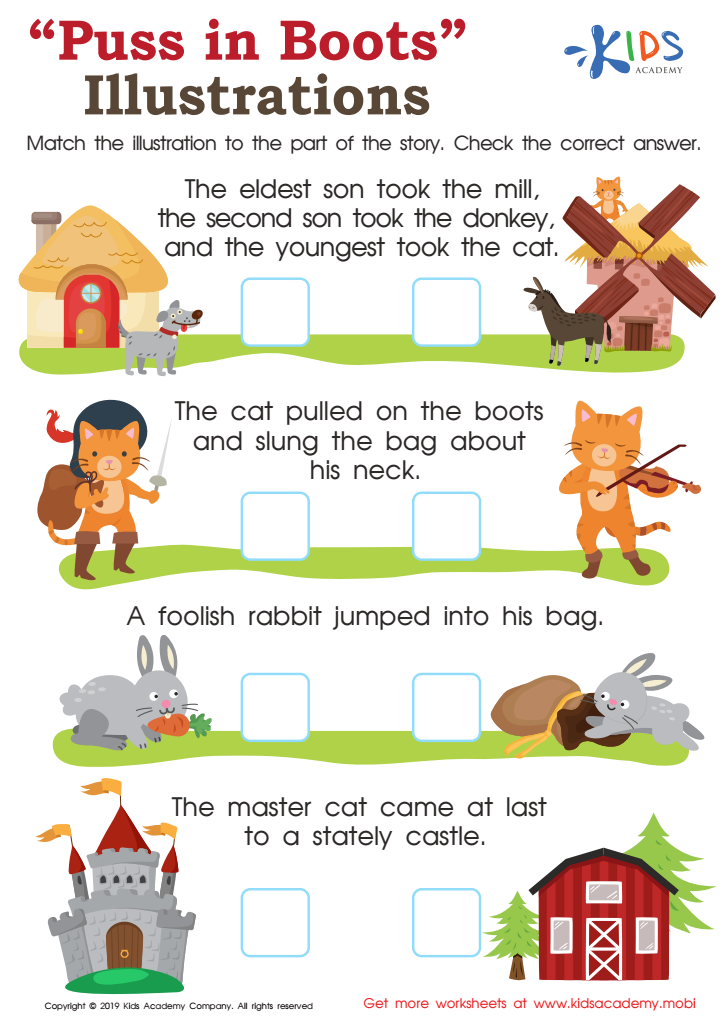

Puss in Boots Illustrations Worksheet
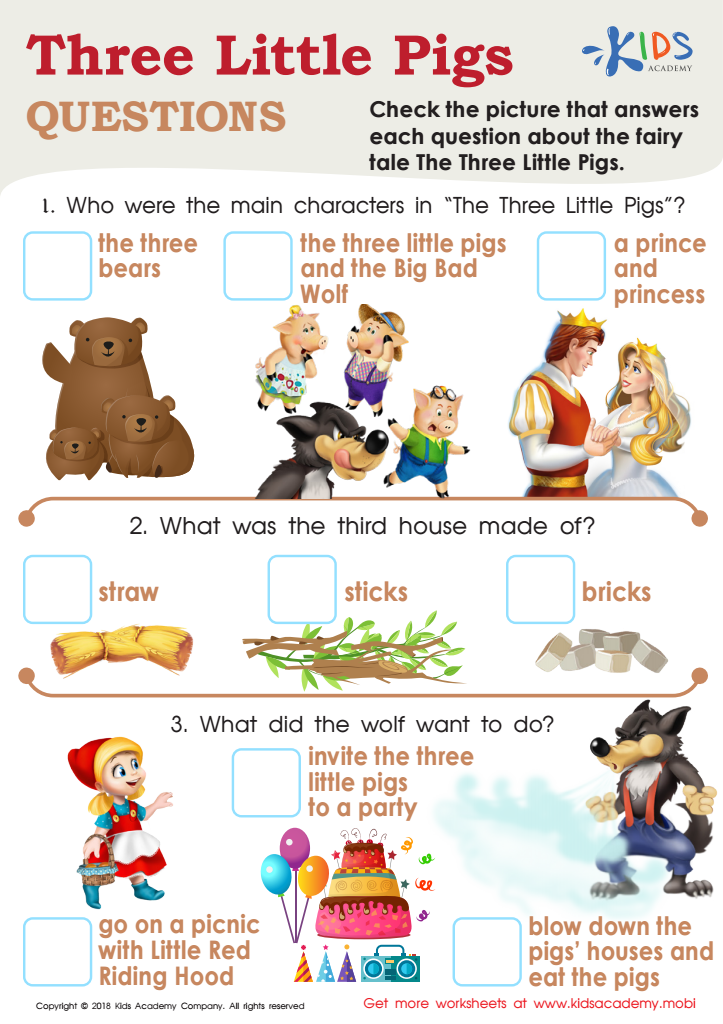

Three Little Pigs Questions Worksheet
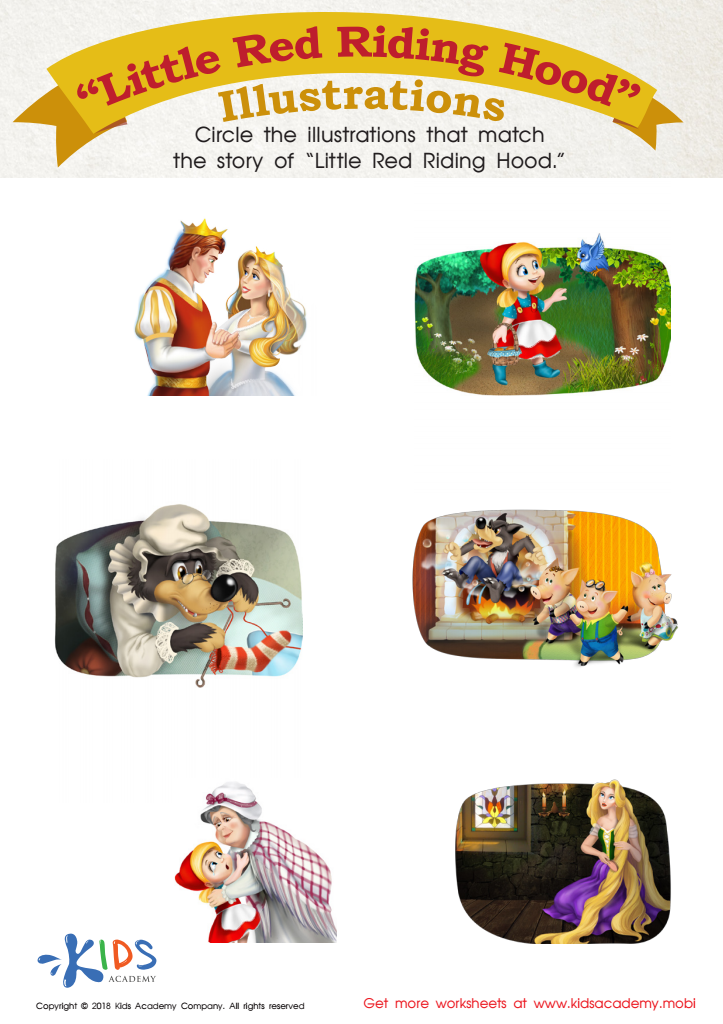

Little Red Riding Hood: Illustrations Worksheet
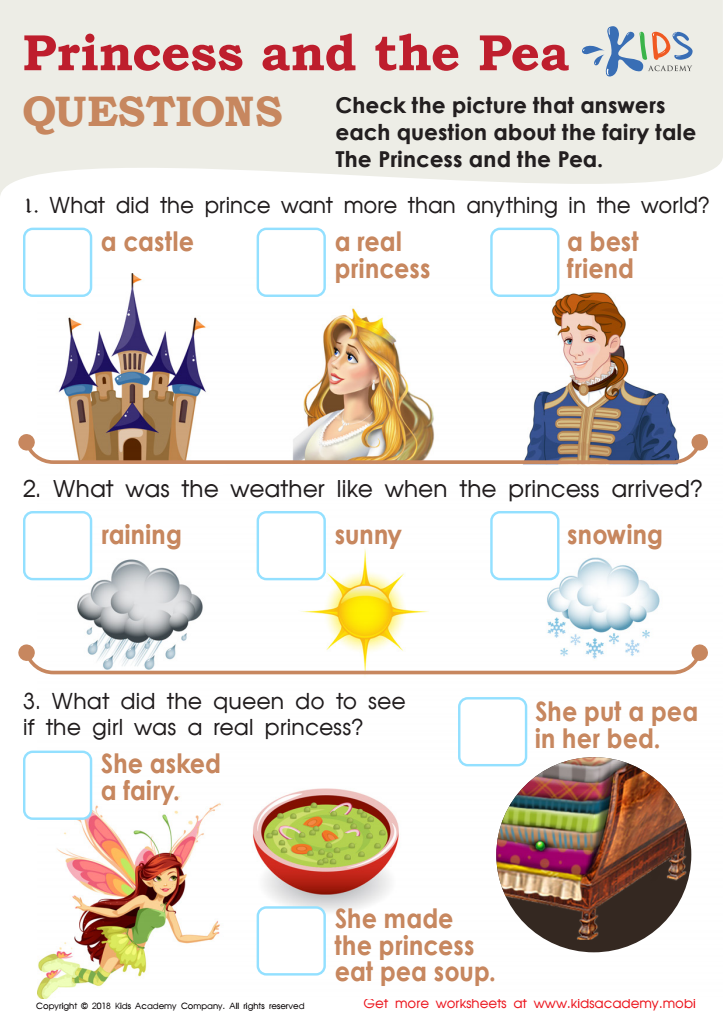

Princess and the Pea Questions Worksheet
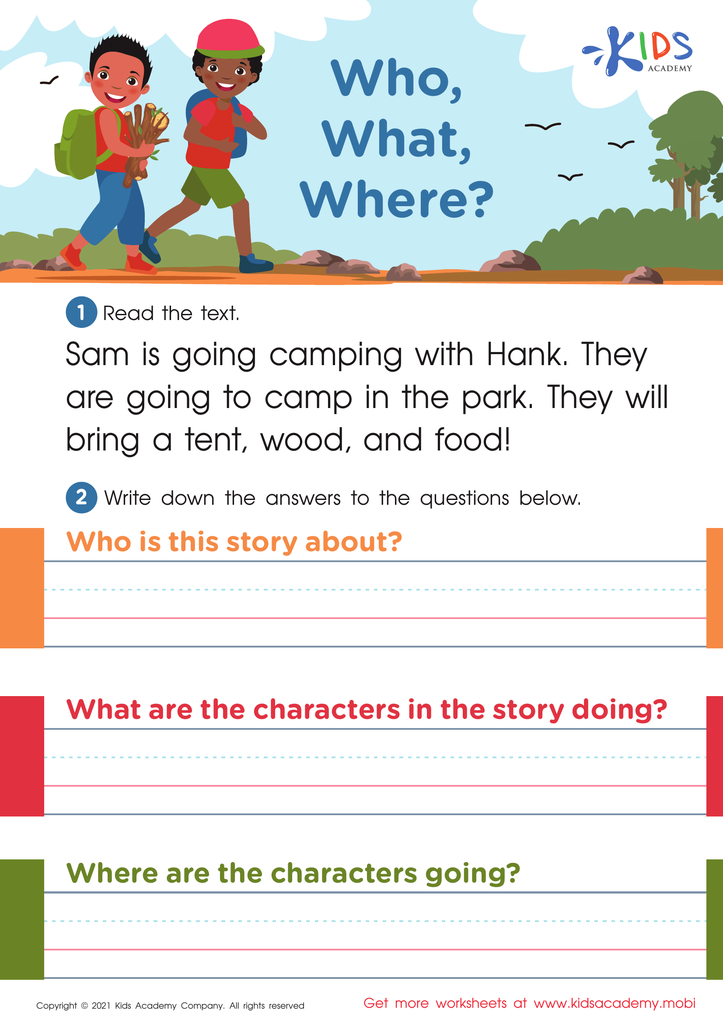

Who, What, Where? Worksheet
Story sequencing is an essential developmental activity for children ages 3-4, forming the foundation of early literacy skills. For parents and teachers, emphasizing story sequencing can significantly benefit a child's cognitive, language, and social-emotional development. At this age, children are beginning to understand the concept of order and predictability, which is crucial for grasping the structure of stories.
Story sequencing helps young children comprehend the beginning, middle, and end of a story, making it easier for them to follow and recall narratives. This skill enhances their memory, comprehension, and ability to make predictions—all of which are critical thinking skills they'll use throughout their lives. When children engage in sequencing activities, they become more attentive listeners, which can improve their attention span and focus.
Moreover, sequencing fosters vocabulary growth and language skills. As children describe events in sequence, they learn to use new words and phrases contextually. It also encourages expressive language and narrative skills, enabling them to articulate their thoughts and experiences more clearly.
Socially and emotionally, sequencing activities can be collaborative and interactive, promoting cooperative learning and shared understanding. This can foster a sense of accomplishment and boost self-esteem in young learners. By incorporating story sequencing in their early education, parents and teachers can help children build a strong, multifaceted foundation for future academic success.

 Assign to My Students
Assign to My Students






